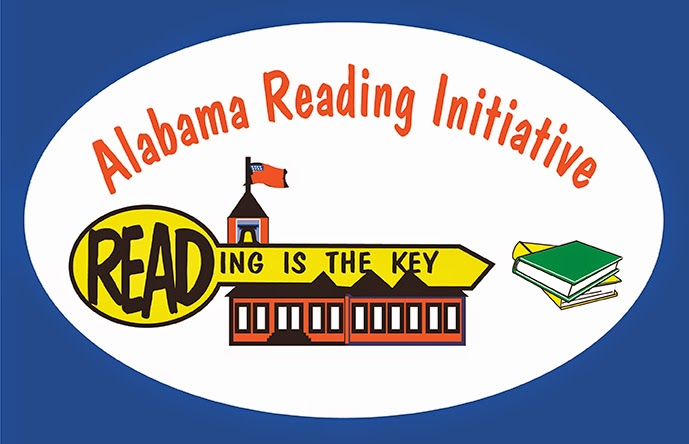There’s no such thing as a “normal brain.” In fact, there’s a lot of diversity in how different brains process information — a challenge for educators tasked with teaching a diverse group of learners. Dyslexia is a common variation that affects how kids read, but what’s really going inside the brain of someone affected by it? Kelli Sandman-Hurley’s TED-Ed video explains.
https://youtu.be/zafiGBrFkRM
http://ww2.kqed.org/mindshift/2014/09/11/whats-going-on-inside-a-dyslexic-students-brain/
Friday, October 30, 2015
Friday, October 23, 2015
The Six Syllable Types
In English there are 15 vowel phonemes (sounds) but only 5 vowel letters.
(Okay–7 if you count <y> and <w>). But how does that work– with twice as many vowel sounds to represent as there are letters to represent them!?
For his 1806 dictionary, Daniel Webster figured it out (and changed the spelling of some words to make it work more consistently). Basically, context predicts the vowel’s letter-sound association.The syllable type is largely determined by what comes after the vowel in the syllable. In phonetically regular words, the sound of the vowel is predicted by its syllable type. More than 90% of English words follow the six-syllable type sound-spelling pattern.
But note this important caveat: The English language freely absorbs words from other languages, and words with origins other than English do not necessarily follow the syllable types patterns. Even so, the majority of commonly-used English words follow this pattern, so it is definitely worth learning the six syllable types.
While the fluent use of these patterns for reading and spelling will require an ongoing commitment to word study, a habit of word analysis will pay enormous dividends in terms of improved spelling and reading and vocabulary growth!
Follow the link to see the 6 syllable types: http://www.lexercise.com/blog
Subscribe to:
Posts (Atom)






